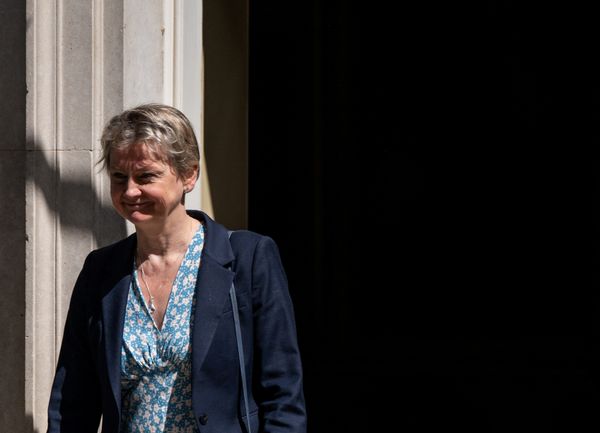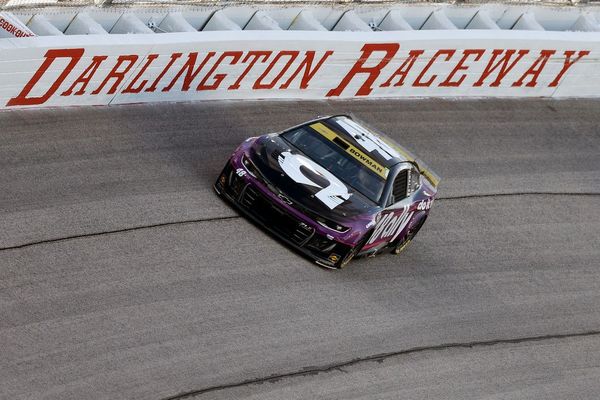
One of the questions I’m often asked when I speak at events usually comes from someone – perhaps half of a couple – who seems wide-eyed with optimism and overwhelm. “We’ve just moved into a new house and it has this garden,” they’ll begin. They don’t know what to do with it; where should they start?
Invariably, I tell them to ignore the traditional advice of waiting for a year to see what comes up. Granted, you may dig up some ancient bulbs, like these grape hyacinths, but it’s your garden now and these risks are yours to take.
The last place we moved to was a pretty blank canvas but I was rather more green in my own gardening experience. After nearly a decade of balcony gardening, I went wild on the plant catalogues and the prettier corners of Instagram, manically demanding Sarah Raven-level splendour from my newly carved bed of crap clay soil in south London.
Perhaps this is a phase we all have to go through, but now I’m staring down on another blank slate of a garden. With nothing in it bar buddleia and a lone orange dahlia, which a friend accurately described as a “cellar spider” variety, making a bulb order feels vaguely fantastical. Instead, I want to get the fundamentals right. The fences are pretty shoddy. We don’t intend to move for some time, so we may as well invest in the boundaries now rather than having to replace them once the garden’s got going. Sorry, roof fund, I’m going to be biting the bullet and having some awkward conversations with the new neighbours.
Next, I want to get my composting sorted. I’ve evolved from an Aerobin (ideal for speedier composting in small spaces) and I’m now hankering after a proper bay system. Good gardens come from decent soil, decent soil can be made from things that already exist – but infrastructure helps.
Speaking of closed-loop systems, I intend to stash the bricks scattered liberally around the place and redeploy them for paving down the line. Failing that, I’ll have them crushed on site and folded into the inevitable substrate-based part of the garden that will emerge with time. I’ve loved growing in gravel, and this approach (similar to those used by brownfield gardeners John Little and Jo McKerr) feels the next logical step to take.
Anything in a container came with me from the old plot, including some trees, which are sorely needed here. New plants, I trust, will arrive in time. But for now they feel like scatter cushions and paint colours: the stuff that gets thought about with time, looking and living – and hopefully generous hand-me-down cuttings.







